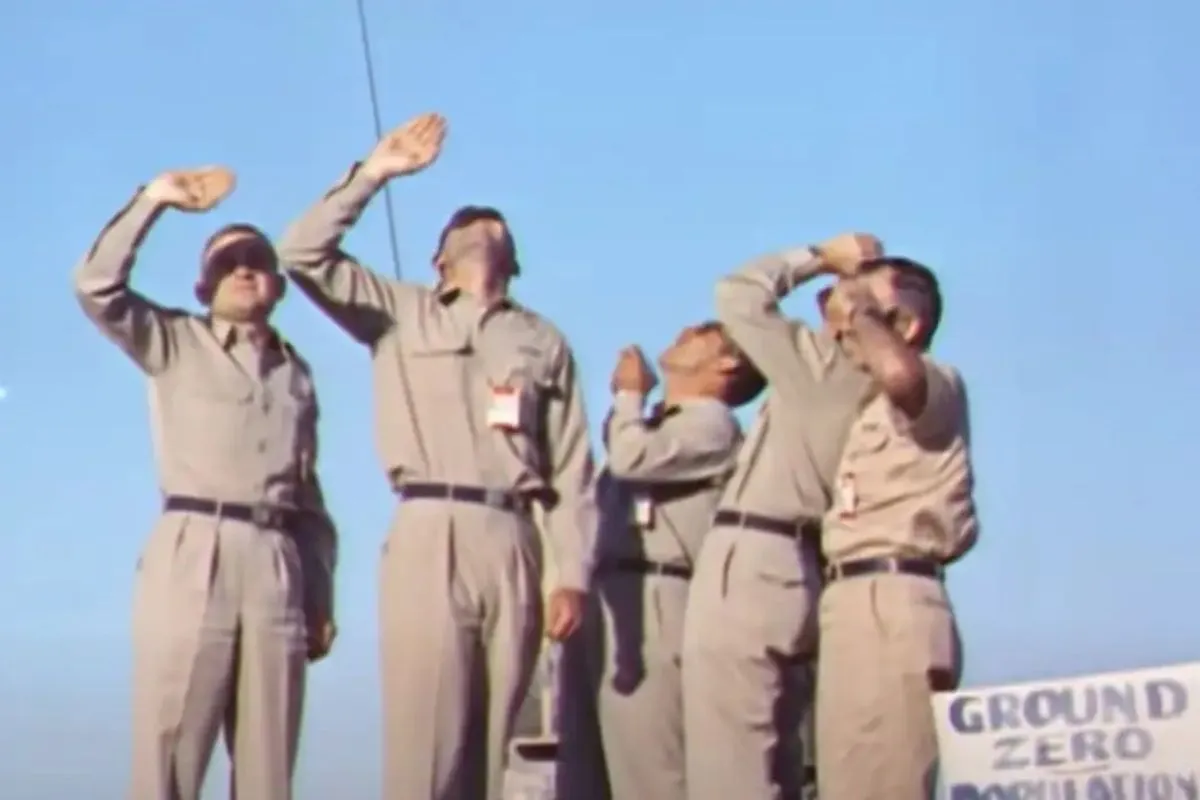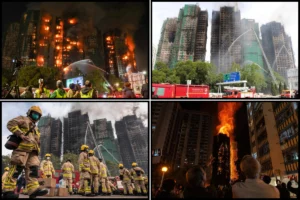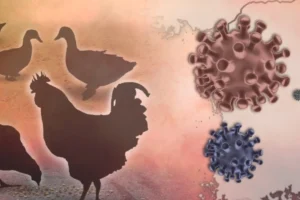
In the last few decades, nuclear power has seen significant advancements worldwide. The Second World War served as the catalyst, and since then, the world has accomplished many firsts that have increased the destructive power of nuclear weapons. The atomic age officially began when nuclear bombs were dropped on Hiroshima and Nagasaki, as observed by the entire world. Large-scale research and development projects have since been devoted to enhancing these imposing capabilities. The US conducted a very bold experiment to determine how bomb blast affects people.
Here’s what actually happened with the bomb blast
Five Air Force personnel and a photographer gathered on a stretch of land 65 miles northwest of Las Vegas on July 19, 1957. On a hand-lettered sign hammered into the loose dirt immediately next to them, they had written the location as “Ground Zero, Population 5”. Two F-89 jets appear in a film from that era, and one of them fires a nuclear missile with an atomic warhead.
Soldiers are waiting. There is a countdown, and then the rocket explodes 18,500 feet above them. This means that these individuals knowingly stood precisely beneath a 2-kiloton nuclear bomb that was about to detonate. At the crucial moment, one of them looks up (he’s got sunglasses on).
According to reports, “Those five guys were Colonel Sidney Bruce, Lieutenant Colonel Frank P Ball, Major Norman “Bodie” Bodinger, Major John Hughes, Don Lutrel, and George Yoshitake (the cameraman, not seen).”
Also Read: Man from Tamil Nadu wins jackpot in UAE the amount will leave you stunned and wishing it was you
Bombing during World War 2
According to Vice News, the US, UK, and USSR all dropped more than 2,000 atomic bombs after World War II. 20,000 soldiers in Britain saw atomic explosions carried out by their own country. Only a handful of them are still around now, and the mushroom cloud’s nuclear glow still bothers them. “Nuclear detonations-that was the defining point in my life,” British soldier Douglas Hern, who witnessed five nuclear bomb testing, told Motherboard.
“When the flash hit you, you could see the x-rays of your hands through your closed eyes,” he said. “Then the heat hit you, and that was as if someone my size had caught fire and walked through me. It was an experience that was unearthing. It was so strange. There were guys with bruises and broken legs. We couldn’t believe it. To say it was frightening is an understatement. I think it all shocked us into silence.”
To read more such news, download Bharat Express news apps


















